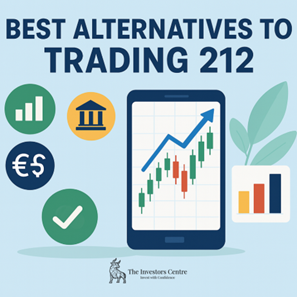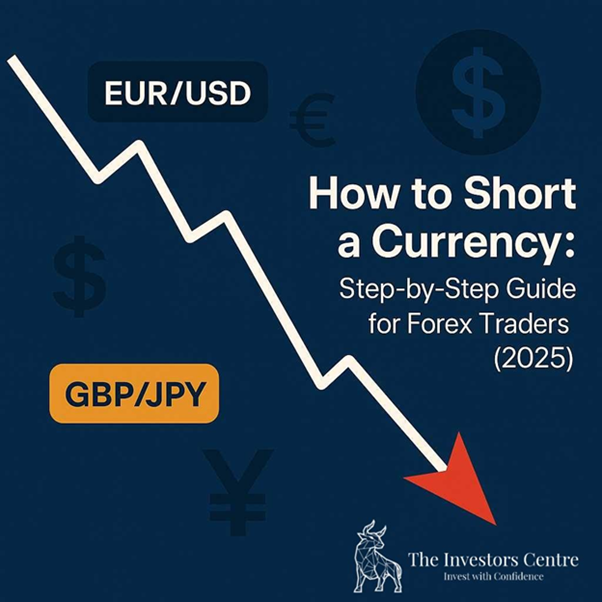Trade Smarter with Clear Strategies
From forex and CFDs to stocks and technical analysis, we provide unbiased platform reviews and educational insights to help you trade with discipline and data.
Trading Awards
Trading Platform Comparison Tool
What's your trading experience?
What do you want to trade?
What type of account do you need?
How much are you looking to deposit?
What features are most important?
Perfect Trading Platform Found!
Based on your preferences, here's your top recommended trading platform:
Frequently Asked Trading Questions
Expert answers to help you navigate CFDs, forex, and stock trading in the UK market
What's the best trading platform for beginners in the UK?
For UK beginners, eToro and Plus500 offer intuitive interfaces with demo accounts for practice. eToro provides social trading features where you can copy experienced traders, while Plus500 offers a simple CFD platform with tight spreads.
Explore our complete guide to beginner trading platforms and practice with risk-free demo accounts before using real money.
What's the difference between CFD trading and spread betting?
The main difference is tax treatment: spread betting profits are tax-free in the UK (no capital gains tax), while CFD profits are taxable. Spread betting is only available to UK and Irish residents, while CFDs are globally available.
Both offer leverage and similar market access. Compare the best spread betting brokers and CFD trading platforms to choose what suits your tax situation. Remember: 68-82% of retail accounts lose money with these products.
How much money do I need to start day trading?
While you can technically start with £250-500 on most UK platforms, successful day trading typically requires £1,000-5,000 minimum to manage risk properly and cover trading costs. The US Pattern Day Trader rule (requiring $25,000) doesn't apply in the UK.
Learn day trading strategies and find the best day trading platforms. Always use proper risk management - never risk more than 1-2% of your account per trade.
What are the best forex pairs to trade for beginners?
Begin with major pairs like EUR/USD, GBP/USD, and USD/JPY. These have the tightest spreads (often 0.6-1 pip), highest liquidity, and most predictable patterns. EUR/USD is the world's most traded pair with abundant analysis available.
Find the best forex brokers offering the lowest spreads. Master proven forex strategies before attempting exotic pairs with higher volatility.
Can I short sell stocks in the UK?
Yes, but most UK retail brokers offer short selling through CFDs or spread betting rather than traditional short selling. These provide the same profit opportunity from falling prices but with leverage and without borrowing shares.
Learn how to short stocks, including specific guides for shorting Tesla or shorting the FTSE 100. Remember: shorting carries unlimited risk as prices can rise indefinitely.
Are trading platforms safe and how are they regulated?
FCA-regulated trading platforms must segregate client funds and provide negative balance protection for retail traders. The FSCS covers up to £85,000 if a broker fails. However, this doesn't protect against trading losses.
Check our guide on which trading platforms are safest. Always verify FCA registration and avoid unregulated offshore brokers promising unrealistic returns.










![Trading 10 Cover image for blog post titled 'How to Short the Pound (GBP) – Beginner’s Guide [2025]', featuring a downward red arrow, British Pound symbol (£), UK flag, and candlestick chart background – ideal for forex trading and currency shorting content.](https://www.theinvestorscentre.co.uk/wp-content/uploads/2025/04/Featured-Image-How-to-Short-the-Pound.png)
![Trading 11 Conceptual graphic showing a white Tesla Model 3 with a red downward stock arrow and candlestick chart, illustrating 'How to Short Tesla – Beginners Guide [2025]' by The Investors Centre.](https://www.theinvestorscentre.co.uk/wp-content/uploads/2025/04/Featured-Image-How-to-Short-Tesla-Stock.png)


